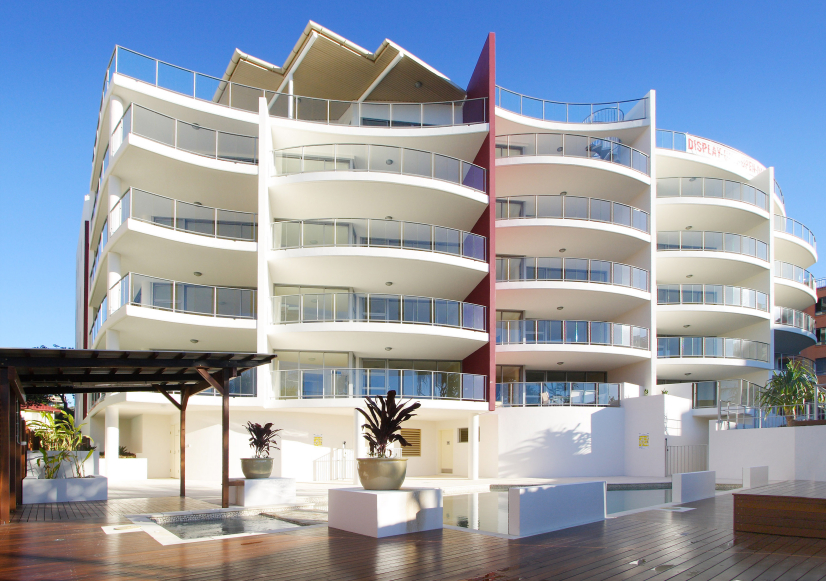Within NSW strata schemes, different kinds of levies exist as a mean of raising funds to keep a strata complex safe, functional and appealing to live in.
A standard levy, usually due quarterly, is payable by the lot owners of the owners’ corporation or body corporate. The collected funds are paid into the strata scheme’s bank account, and used to finance maintenance and upgrading of the property.
There are three types of strata levies:
- Administrative fund levies. These include property maintenance and insurance premiums relating to the daily running of the complex.
- Capital Works Fund Levies (previously known as ‘Sinking Fund’ levies). These cover large items of capital expenditure relating to projected and future maintenance and repairs.
- Special levies. These are introduced where necessary to cover unexpected and emergency expenses.
Special levy
A special levy is needed when the administrative and capital works funds both have insufficient money available to finance an emergency project, or one which wasn’t included in the scheme’s budget.
According to strataman.com.au, when administrative and capital works funds are both in deficit it may also be necessary to raise a special levy on lot owners to cover the expenditure.
The discovery of unsafe balconies, non-compliant fire doors or rapidly deteriorating cables are examples of situations requiring a special levy.
Sudden breakages or malfunctioning of equipment essential to the scheme may also require a special levy, as well as burst pipes, damaged roofing and electrical problems.
When can a special levy be avoided?
Many strata schemes avoid having to raise special levies – which are generally highly unpopular among owners – by postponing the work until enough quarterly levies are raised to fill up the funds again.
This is generally restricted to non-essential work such as peeling paintwork, worn carpets, fading signage and untidy grounds.
Any work posing a threat to occupants such as pot-holed pathways and amenities failing statutory safety and WHS standards are classed as essential items and cannot be delayed.
Discover Stress-Free Strata Living – Your Trusted Management Team Awaits.
Who creates the special levy?
A special levy must be raised and implemented at a general meeting of the owners’ corporation. It can only be introduced through an ordinary resolution – a majority vote (more than 50%) of owners who are eligible to take part.
Alternative ways to raise money
Sometimes there is sufficient money in the scheme’s bank account to cover an unexpected expense, but it is not allocated to the appropriate fund.
Where the administrative fund is well topped up but the capital works fund is drained of money, it is possible to pay for a capital works expense from the administrative fund – as long as the total amount is paid back to the administrative fund within three months.
This will require the raising of a special levy to replace the amount borrowed within the time frame specified by the NSW Government.
It is also possible for the required amount to be financed through a strata finance loan. A loan ensures that work can be completed promptly by body corporate management, avoiding the possibility of damage getting worse and causing a cost blowout.
No owner enjoys paying special levies. They are, however, an important and often unavoidable part of strata life designed to ensure the scheme survives.





